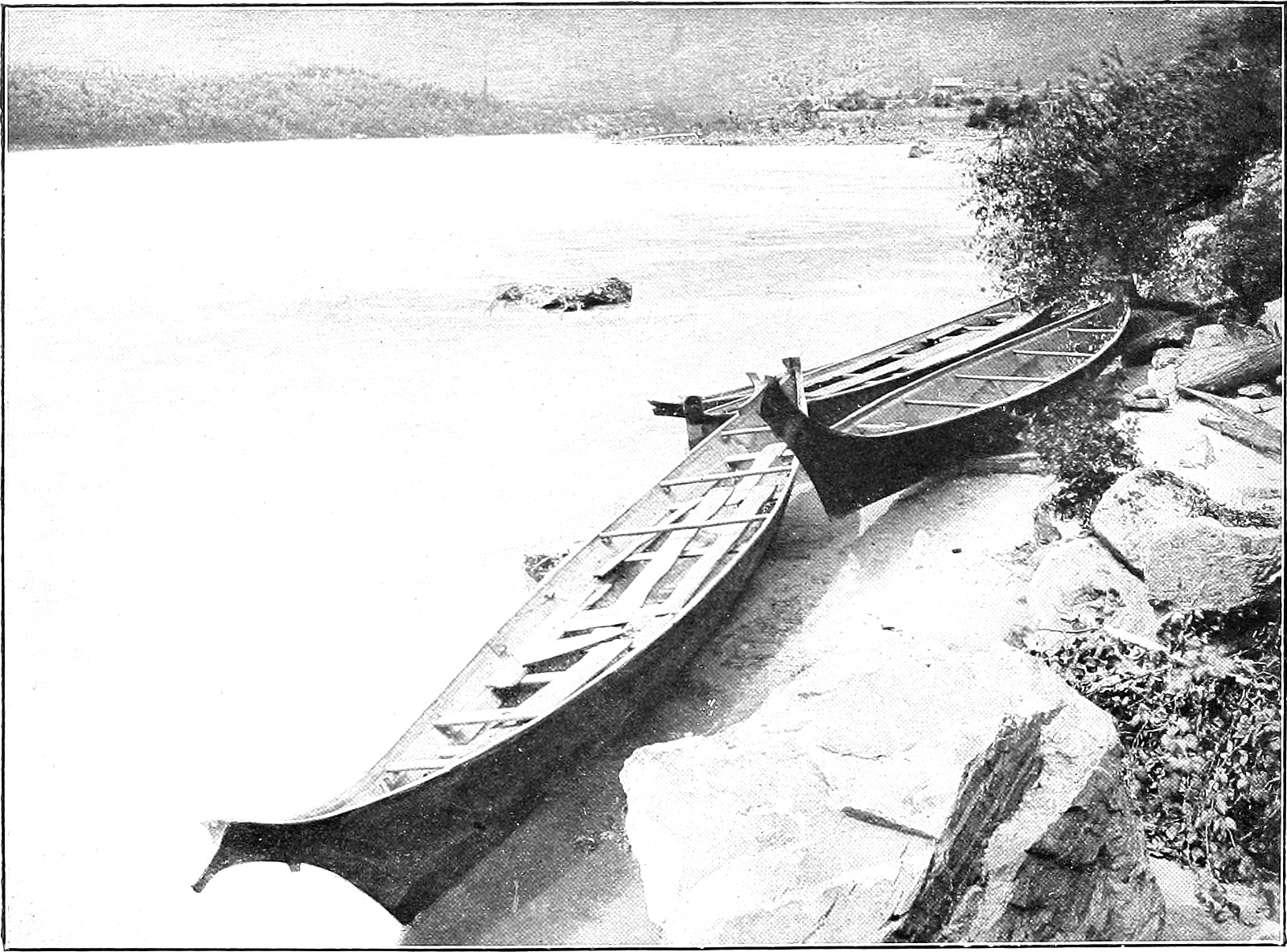Note: This article has been excerpted from a larger work in the public domain and shared here due to its historical value. It may contain outdated ideas and language that do not reflect TOTA’s opinions and beliefs.
Canoes are made by the Sound Indians in the same manner as by the Nootkas already described; being always dug out, formerly by fire, from a single cedar trunk, and the form improved afterward by stretching when soaked in hot water. Of the most elegant proportions, they are modelled by the builder with no guide but the eye, and with most imperfect tools; three months' work is sufficient to produce a medium-sized boat.
The form varies among different nations according as the canoe is intended for ocean, sound, or river navigation; being found with bow or stem, or both, in various forms, pointed, round, shovel-nose, raised or level. The raised stem, head-piece, and stern-post are usually formed of separate pieces.
Like the Nootkas, they char and polish the outside and paint the interior with red. The largest and finest specimen seen by Mr. Swan was forty-six feet long and six feet wide, and crossed the bar into Shoalwater Bay with thirty Queniult Indians from the north. The paddle used in deep water has a crutch-like handle and a sharp-pointed blade.
Bancroft, Hubert Howe. Native Races of the Pacific States. Vol. 1, Appleton, 1874.
About TOTA
TOTA.world provides cultural information and sharing across the world to help you explore your Family’s Cultural History and create deep connections with the lives and cultures of your ancestors.


